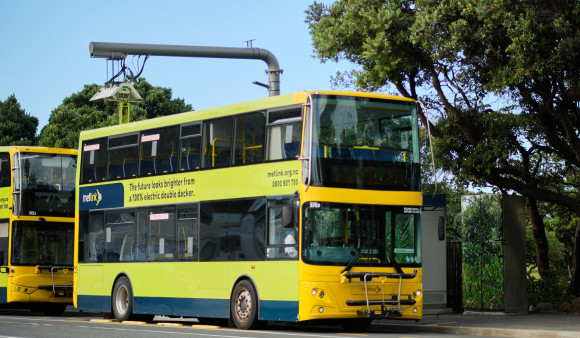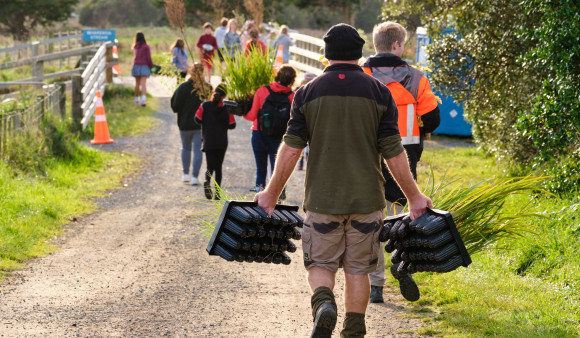Taking action on climate change
We’re leading climate action in partnership with mana whenua and our communities, to protect our region now and for future generations.
Climate resilience and emissions reduction are priorities in our Long Term Plan.
Greater Wellington has set new targets to reduce our organisational emissions:
- 84% gross emissions reduction by 2040
- Climate positive by 2045
These are aligned with the Paris Agreement goal to limit warming to 1.5°C.
We’re also stepping up our work to adapt to climate change, addressing the risks and impacts already being felt across our region.
Interactive tools
Find out what climate change means for you and the region with our interactive tools.
Our Action Plans

As an organisation we have declared a climate emergency and formally established a target to become "carbon neutral" by 2030.

The climate emergency declaration encompasses everything we are doing to combat climate change including emissions from the Wellington region as a whole and adapting to…
Work from our Action Plans
We are already seeing the impacts of climate change on our region and these will continue to become more apparent over time.
We have established a new Council committee for this triennium, the Climate Committee, to put climate action front and centre of Greater Wellington’s governance and activities. The purpose of the…
Get in touch
- Phone:
- 0800496734
- Email:
- info@gw.govt.nz
